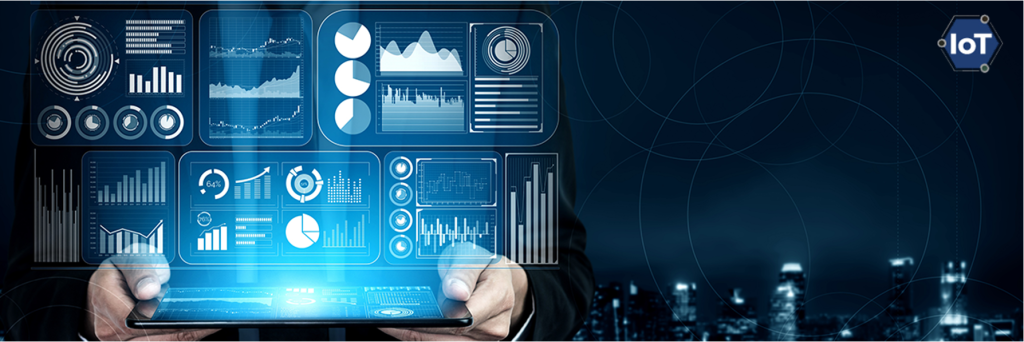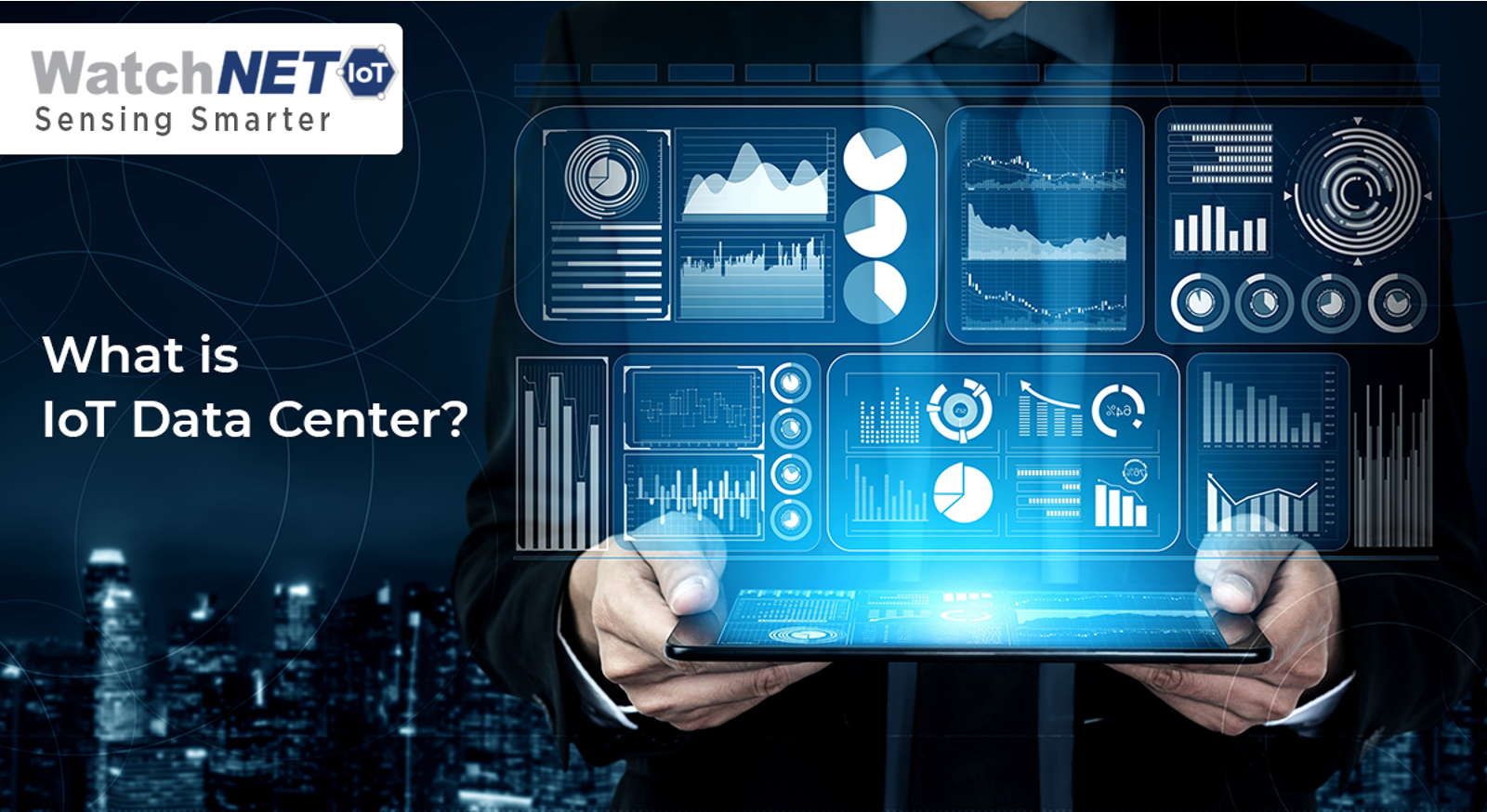
What is an IoT Data Centre?
Data centres are playing a key role by helping enterprises to expand their capabilities in the field of information technology. As compared to manual documentations just few decades before, data centres have proved to be a boom by improving the usability of data as a holistic approach. They have enabled the enterprises to achieve much more in a minimal cost in terms of speed, time, security and physical space required for data management. Role of data centres is still critical with change in technology and rise in data demand with time resulting a dramatic shift in the way data centres are designed, configured and operated.
How do they work?
Reliability of the available data is the key requirement from data centre, which can be achieved by redundancy. It is very much required toprovide a robustand reliable infrastructure for Information Technology (IT) requirements of any organization.In addition to this, security is also of prime importance, there should be minimum or zero chances of security breach.Hence, itbecomes necessary for data centres to maintain high standards for delivering their goals. Therefore, it needs to pay equal attention to both the facility and hosted equipment. Hundred percent availability of power using emergency power backup system along with cooling systems and optical fibre cables are the key elements of data analysis.
IoT’s influence in Data Centre
Transformation of modern data centre is happening across globe by following astructured approach. Typically, it focuses on following,
- Standardization/Consolidation: it focuses not only to reduce number of data centres own by any organization but also to reduce various data centre elements not limited to hardware, software or processes.
- Virtualization: it helps a lot in consolidating data centre hardware equipment and in turn reducing the energy consumption. It is a catalyst for modernization. However, server virtualization alone is not much helpful in data centre operations as server farms, although being pooled but still need to be managed andmaintained individually.
- Automation: it helps it increase the efficiency of data centre by automating various processes like configuration, provisioning, patching, etc. Software Led Infrastructure is where total control is extended by software including that of physical and hardware elements helps in transition from distinct servers to efficient, collaborative peers. Watchnet Cloud Analytics
- Security: Its main focus is on physical security, network security and data security.
Adata centre is not about design andbuild. It goes through many stages even after design process. It needs to meet local legislative requirements regarding land used and access permits and also comply with health, environment safety and labour requirements. For example, European-based CENELEC EN 50600 data centre’s infrastructure has a series of standards that are defined for location selection, construction, design and quality of construction.
Important Elements of Operations in A Data Centre
Operations in data centre focuses mainly on various elements. For any data centre irrespective of size and dimension, a data centre manager needs to work upon these parameters as part of their schedule and try to meet the Key Performance Indicators (KPIs).
- Cooling
As server densities rise, the amount of heat generated is also increasing. New processors generate more than five times the heat of older processors, and new servers and switches could generate up to ten times the heat per square foot as those from ten years ago. Apart from new servers running hotter, data centre managers also face the challenge of their distribution across the data centre floor. This creates hot spots, which then have to be managed, otherwise blocks of servers could go down even if the data centre as a whole is run at an acceptable ambient temperature.
- Power consumption
In a data centre, power is the key component, not only in keeping the systems and servers running but also in cooling them.Power consumption nowadays is continuously monitored and with the help of smart meters, hence we can check in case of anyspikes caused by losses or consumption on real time basis. We also have meters that monitors the IT equipment’s consumption and for cooling the systems.
- Element Management in a Data Centre
A data centre hosts a large set of Servers and network devices with a number of applications and stores the critical data. Success of data centre is measured by the smooth operations of these servers and IT Equipment’s. Maintaining the ambient environmentinside a data centre is key aspect of operation activity. The facility manager has to manage the operating conditions. This is because the IT equipmentneed to be kept under proper cooling environment to work. Cooling depends on various things like rack layout, air vent, room size, server distribution ceiling height and this is directly related to energy consumption. Energy management is the key part in any data centre.Focus is to keep hotand cold air mixing and improve on the efficiency. Heat dissipation details are monitored for a data centre with the help of a vast net of sensors. Sensors are divided into two types. They are sensors inbuilt in servers and sensors deployed on rack to monitor the in air and out air temperature. This helps the operations team to take immediate action in case of any malfunction or break of server cooling unit. Watchnet Data Center Solutions
Advantages of IoT In Data Centre
So we can see that with the advent of IoT the things are changing following which the data centre managers are taking advantage of this new technology.
- IoT helps collects data from all sorts of mechanical, power and IT devices from switchgear and UPSs to Power Distribution Units (PDUs), racks and in-row cooling systems. Watchnet I/O Controller
- With the real-time dataflow and monitoring, incidentmanagement, analysis and asset utilization for smaller, distributed data centres is going to be very important and by IoT we can do it.
- Analytics: This is where we make sense of all the data that is sent by different sensors from different platforms with the help of different applications and services – including big data services and predictive analytics.
- With the help of Wireless Sensor Network we would be able to decrease the cooling cost, increase its hardware reliability and decreased response times to transients and emergency situations.
- Sensors feed the data centre with continuous update on the air and temperature level, and this data is fed to different models to prepare heat models, this helps in changing the power distribution and cooling temperature of different devices are changed as per the requirement. Watchnet Temperature Sensors
High performance data centres are the need of the hour and their demand is increasing exponentially.These data centres are deployed with large numbers of racks servers, switches and routers and other IT equipment to keep them running at therequired ambient temperature as cooling plays a critical role.SoIoT is proving out a revolutionary technology to these data centre, not only its helping them to reduce the energy billsbut in reducing carbon emission levels too.


